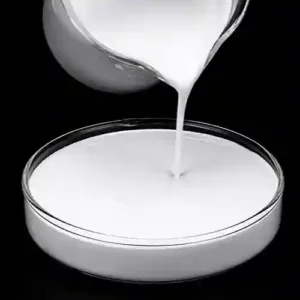Magnesium hydroxide (Mg(OH)2) has a variety of applications in the pulp bleaching process:

1. Oxidation aid for hydrogen peroxide bleaching
Magnesium hydroxide is used as an oxidizing aid in hydrogen peroxide (H2O2) bleaching. It reacts with H2O2 to form magnesium peroxide (MgO2), increasing bleaching efficiency and reducing chemical consumption.
reaction:
Mg(OH)2 + H2O2 → MgO2 + H2O
2. Eliminate bleach residue
Magnesium hydroxide can be used to neutralize acidic chemicals used in the bleaching process, such as sulfuric acid and hydrochloric acid. It removes these residues by forming insoluble magnesium salts, preventing them from damaging the pulp and final paper product.
reaction:
Mg(OH)2 + H2SO4 → MgSO4 + 2 H2O
3. pH adjustment
Magnesium hydroxide is an alkali that is used to adjust the pH of pulp. Within a certain pH range, the bleaching process is more effective. Magnesium hydroxide releases hydroxide ions (OH-), raising the pH through the following reaction:
reaction:
Mg(OH)2 → Mg2+ + 2 OH-
4. Prevent the settling of fillers
In pulps containing calcium fillers (such as calcium carbonate), magnesium hydroxide prevents the fillers from settling during the bleaching process. It does this by forming soluble calcium hydroxide as follows:
reaction:
Mg(OH)2 + CaCO3 → MgCO3 + Ca(OH)2
Advantage
Advantages of using magnesium hydroxide in pulp bleaching include:

